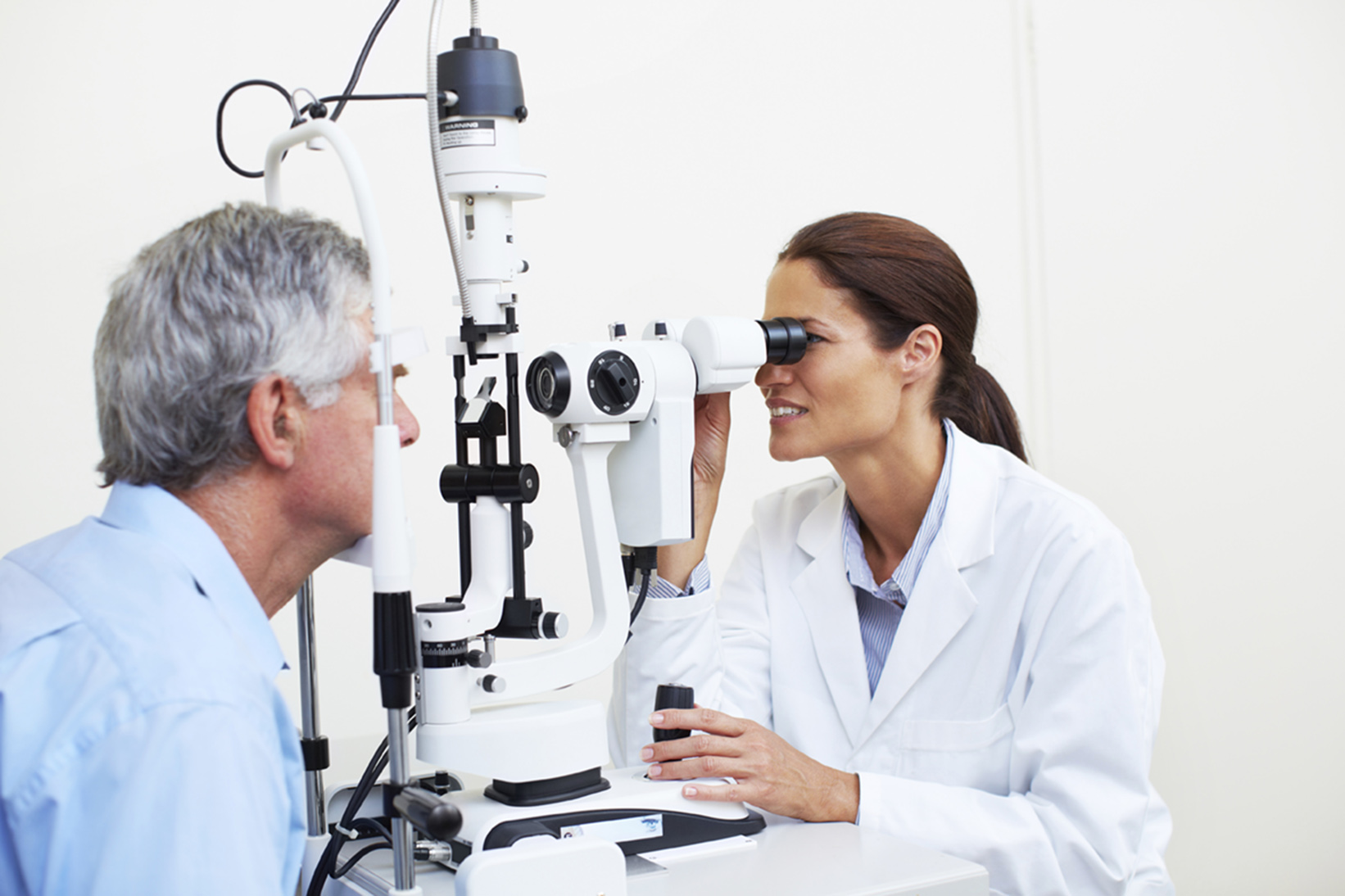Diabetic patients have a lot to manage when it comes to maintaining their health. Small blood vessels in the eyes are particularly susceptible to diabetes complications, and early detection and management of diabetic eye disease is essential to preservation of vision.
Diabetic retinopathy, a disorder of the retina caused by diabetes, occurs when the tiny blood vessels in your eyes leak blood and other fluid, ultimately resulting in vision loss. Cataracts and glaucoma are also associated with diabetic eye disease and often occur earlier in life than in non-diabetic persons.
If left untreated, any of these conditions can lead to vision loss and even blindness. In fact, diabetic retinopathy is the leading cause of blindness among adults in developed countries. Between 40 and 45 percent of Americans diagnosed with diabetes have some stage of diabetic retinopathy; however, only about half are aware of it. This is because there are no symptoms in the early stages of the disease.
How to Protect Your Eyes
The most effective strategy to prevent diabetic complications to eyes and other target organs is to maintain a blood sugar level close to normal. Some vision blurriness can accompany a long period of high blood sugar but should resolve once the blood sugar is under control. However, prolonged elevated blood sugar levels are more likely to cause damage to blood vessels in the retina. Early detection, treatment and proper follow-up care are the best methods to prevent vision loss.
High blood pressure and high cholesterol also increase risk for eye disease. If you have been prescribed medication for these conditions, it is essential to adhere to treatment and follow up with your provider on a regular basis. Risk factor modification is essential to prevention of complications.
When To Get Your Eyes Checked
The risk of diabetic eye disease increases each year after diagnosis. For this reason, comprehensive eye examination by an ophthalmologist or optometrist should be completed within the first five years of diagnosis of Type 1 diabetes and immediately after being diagnosed with Type 2 diabetes. Eye examinations should continue at least annually for all diabetic patients.
Benefits of Treatment
When diabetic retinopathy is detected early, the risk of blindness can be reduced by up to 95 percent with appropriate therapy. Several therapies may be used, either alone or in combination, to help restore vision or halt the progression of vision damage. Early treatment can avoid progression of disease, further emphasizing the need for early detection through annual eye examinations even if no visual symptoms are present.
As with most conditions associated with diabetes, maintaining a hemoglobinA1C within target range is key to preventing complications. This takes effort, time, and dedication, but the benefits of a life free from complications make the efforts more than worthwhile.




Comments